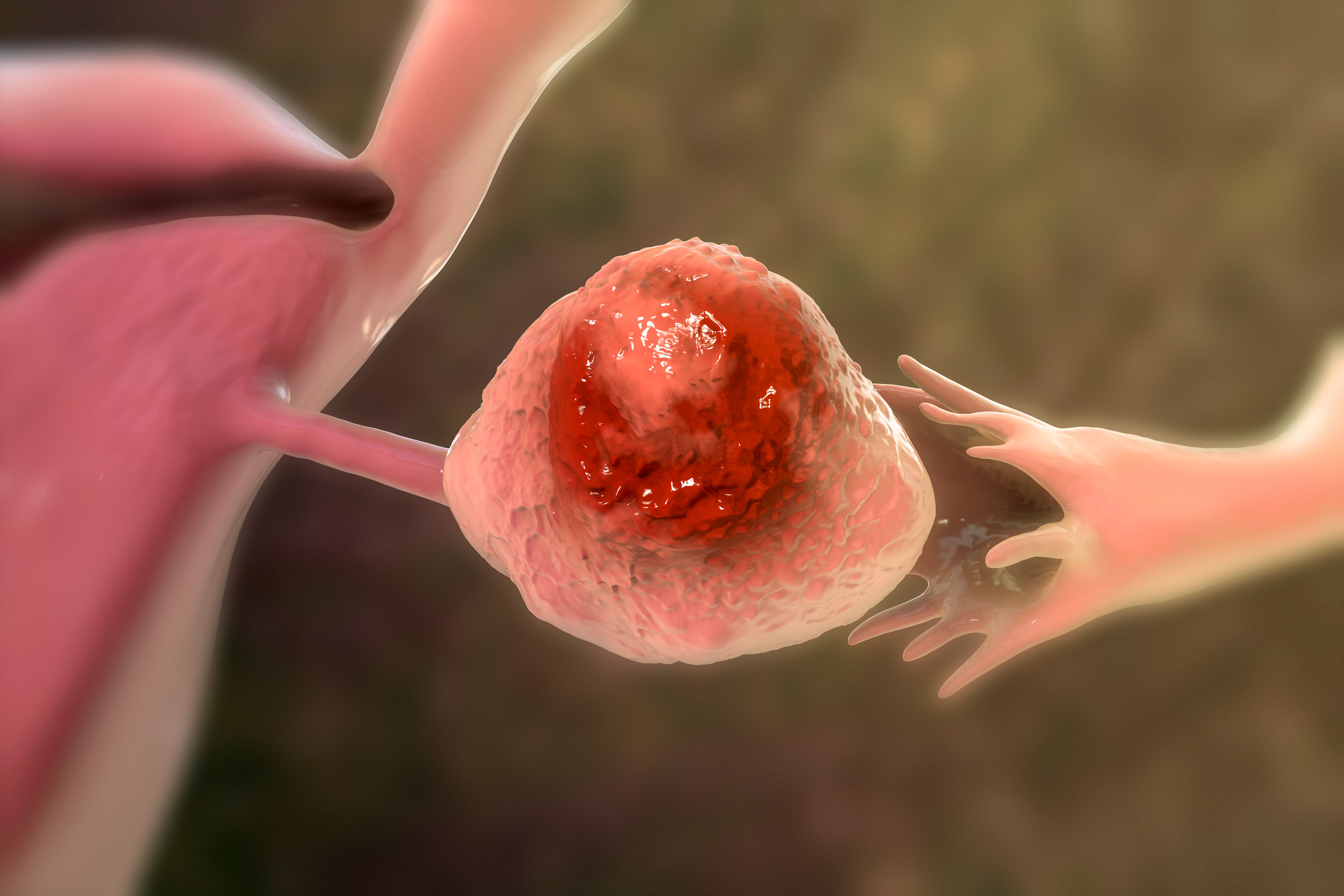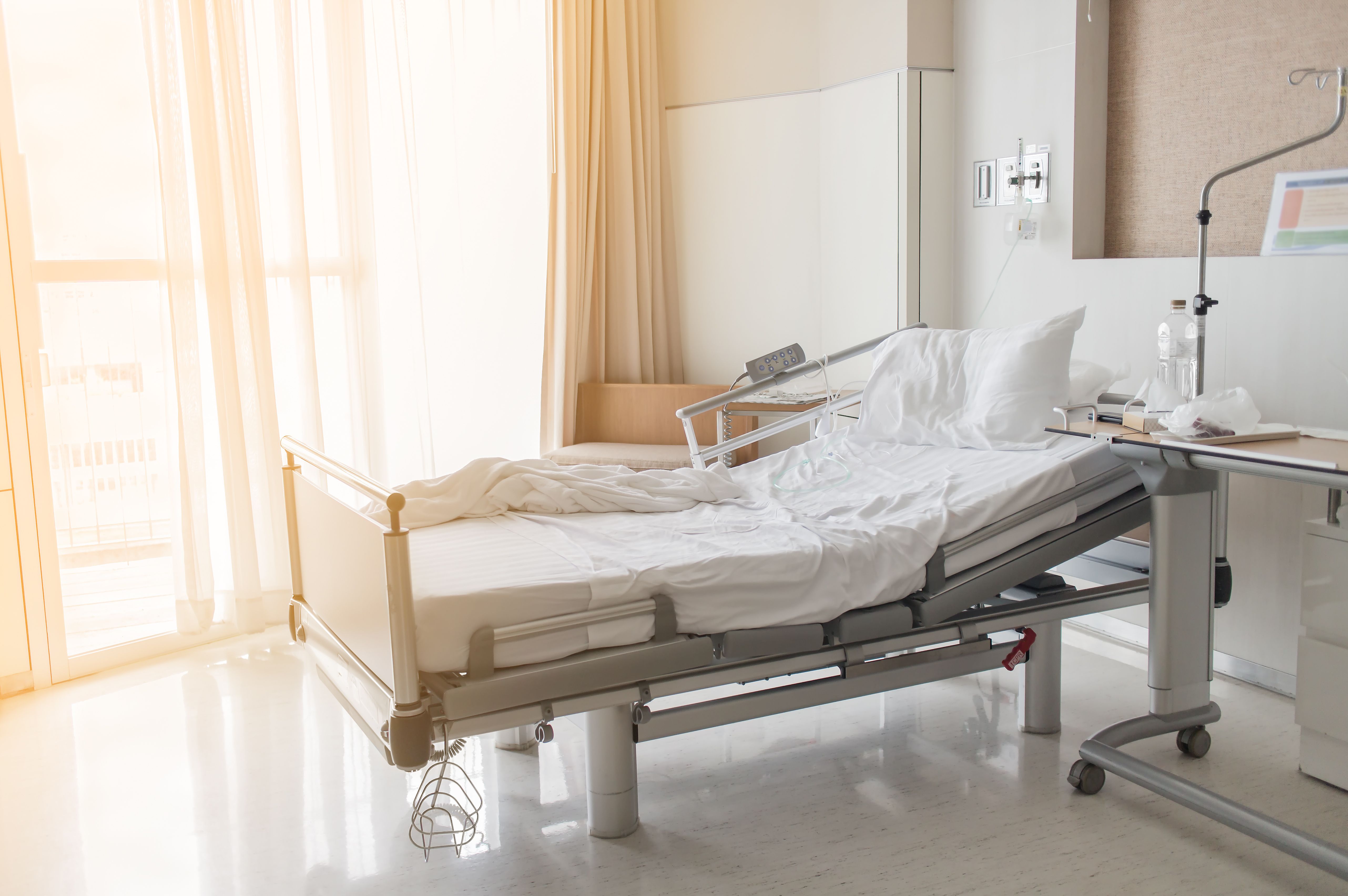Video
What Patient Populations Are at Higher Risk for Wounds?
Peter L. Salgo, MD: It occurred to me while you were answering that a wound that doesn’t heal can also be a tip. That is to say, “Ah, I’ve got a diabetic, I’ve got to be careful about this wound. But I’ve got a wound that isn’t healing, maybe my patient has a comorbidity.” Should that be something that the primary care people should be paying attention to also? It would to me.
Samuel D. Young, MD, MBA, CPE, CHCQM: Yes, absolutely. I think one of the fallacies in medicine is that we’re so fragmented in different specialties, and we tend to put things in boxes. When you’re dealing with wound care, you need to think about the patient as a whole, and you ask the question, “Why don’t some wounds heal?” Well, it’s usually because that individual has lost healing capacity, and that’s a result not of a defect in the tissue per se, but what underlies the tissue, the small vessels, and what causes this disease in the small vessels, things like diabetes, etcetera.
Peter L. Salgo, MD: I think to your point, we tend as a profession in the 21st century to get lost in granularity. That is, this wound isn’t healing, what am I going to do? Whereas perhaps a generation ago you would have said, “This wound isn’t healing, what’s he got, or what’s she got?”
Samuel D. Young, MD, MBA, CPE, CHCQM: Right.
Peter L. Salgo, MD: That’s an important distinction, because it seems to me unless you make that diagnosis, then you’re already a step behind in trying to fix this thing.
Robert J. Snyder, DPM, MSc, CWSP, FFPM RCPS: Well, often patients will come to a physician with a nonhealing wound and not realize they have diabetes, not realize they have peripheral arterial disease.
Peter L. Salgo, MD: That’s my point.
Robert J. Snyder, DPM, MSc, CWSP, FFPM RCPS: We often are the first individuals to see them and actually make that diagnosis and make the appropriate referral. Wound management really is a team sport. It takes a village, and it requires a multidisciplinary team.
Peter L. Salgo, MD: I know we’ve been alluding to this, but let’s sort of nail this down. What are the patient populations that are at the highest risk, or higher risk if you wish, for wounds? And wounds by the definition we’ve already established, let’s make it wounds that aren’t healed in 1 to 2 or 3 weeks. Who are these folks? What have they got?
Michael T. Kazamias, MS, DPM: Well, it usually would be the Medicare-age population, 65 and older. They’re at a significant increased risk over the general population. We mentioned earlier patients with comorbidities, patients who have diabetes, and patients who have circulatory issues. These patients are at higher risk. There are instances where patients may go in for surgery, which immobilizes them, and during that period they’re at a higher risk for developing a wound. There are a lot of risk factors associated with chronic wound development.
Peter L. Salgo, MD: The last one is actually very interesting to me because I run an ICU [intensive care unit]. We see pressure ulcers in people who’ve been immobilized very quickly. We used to say, “Oh, they’ve got to be in bed, at bed rest without motion for weeks.” No, they can come out of the OR [operating room] with an incipient pressure wound. Is this well appreciated do you think?
Samuel D. Young, MD, MBA, CPE, CHCQM: I don’t think so, but if you think about it in your own experience, if you cross your legs for too long, how long does it take for you to start to feel pain? If we have a patient who’s effectively immobile and we don’t actively move them, we’re going to create that pressure.
Peter L. Salgo, MD: I would invite our viewers to watch this panel and see how often we, as I would assume reasonably normal human beings, move.
Samuel D. Young, MD, MBA, CPE, CHCQM: Right.
Peter L. Salgo, MD: And change position and shift a little bit. We do this without thinking about it to take the pressure off our skin and the vasculature. It happens every day, every minute. If you take that away from a patient, things happen that are not good.
Robert J. Snyder, DPM, MSc, CWSP, FFPM RCPS: A couple of interesting things. Number 1, it takes 32 mm of mercury of pressure to create a pressure ulcer. Think of a normal blood pressure, let’s say it’s 120 over 80, 32 mm of mercury is not a lot. We also tend to concentrate on that individual who has a wound versus the individual who does not have a wound, but is at high risks for developing one. Someone who’s been without food waiting for an operation as an example. Someone who’s had an operation and is now immobilized, let’s say status post hip surgery or something of that nature. We tend not to really focus on those individuals, and we’re focusing on the individuals who actually have lesions, when in actuality we need to be looking at both.
Peter L. Salgo, MD: That’s changing with immense respect for my nursing colleagues. They are all over these patients.
Robert J. Snyder, DPM, MSc, CWSP, FFPM RCPS: Absolutely.
Peter L. Salgo, MD: They’re not staring to turn the patient when they get a pressure ulcer, they’re trying to prevent it prior to that. I think the nurses should just be immortalized for this. It’s a tremendous amount of work.
Robert J. Snyder, DPM, MSc, CWSP, FFPM RCPS: The problem is though that nursing staffs very often are pushed to the max and sometimes it is very difficult to accomplish that.
Newsletter
Stay ahead of policy, cost, and value—subscribe to AJMC for expert insights at the intersection of clinical care and health economics.




